How The Revolutionary Oticon Intent Hearing Aids Could Transform Your Life
Living with hearing loss can present challenges that disrupt your daily life, whether it’s difficulty following conversations or missing out

Hearing aids are life-changing devices for individuals experiencing hearing loss. They reconnect you to conversations, sounds, and moments that matter. However, simply having hearing aids isn’t enough; optimizing their performance requires some time, care, and a few best practices.
This guide will walk you through how hearing aids work, the importance of regular maintenance, and tips for ensuring they deliver the best possible outcomes.
Read on to see how the following areas can make sure that you are getting the best possible results from your hearing aids:
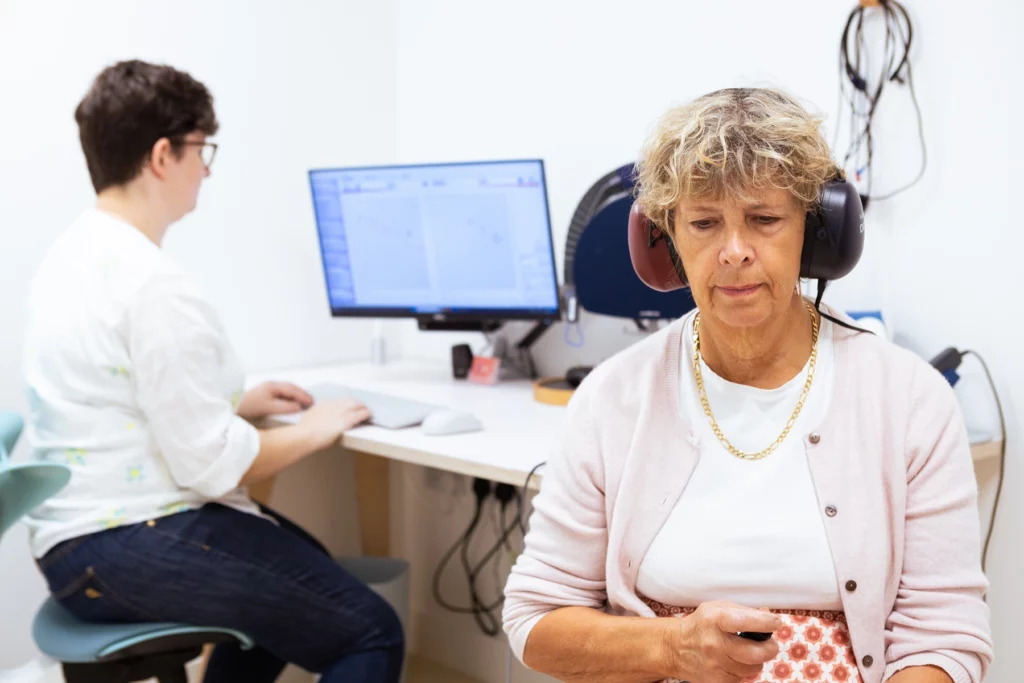
Hearing aids are sophisticated devices designed to improve your ability to hear, but they are not a one-size-fits-all solution. Each person’s hearing loss is unique, as is their hearing profile. For hearing aids to work effectively, they need to be programmed by an experienced audiologist to match your individual hearing needs.
A good hearing aid fitting begins with a thorough and accurate hearing assessment. This initial step is crucial in determining the specific needs of your hearing abilities. The hearing test should always be conducted in a quiet environment to ensure precise results.
Additionally, speech testing should be an integral part of the process, as it provides a real-world evaluation of how well you can hear and understand conversation in different conditions. By measuring your ability to discern speech both in quiet settings and against background noise, the assessment helps to create a personalized profile of your hearing.
This detailed understanding allows for customized programming of your hearing aids, ensuring they effectively address your unique listening challenges. At Zest Hearing Care we aim to offer comprehensive hearing assessments in order to make sure that we understand your hearing and your requirements. Check out what is included in our hearing assessment appointments here.
Real Ear Measurements (REMs) are an essential process to ensure your hearing aids are performing at their absolute best. During a REM test, a small microphone is placed in your ear canal to measure how the hearing aid amplifies sound. This allows the audiologist to fine-tune your devices to match your exact hearing requirements.
It’s critical to understand that even the most advanced hearing aids won’t provide good results if they aren’t properly programmed. That’s why seeking professional expertise is non-negotiable in your hearing care.
Our experienced audiologist is always happy to see patients with hearing aids to give their expert advice on making sure that they are set up optimally for your individual hearing needs. If you want experience the difference that a personalised sound profile can make book to see us today.
Hearing loss isn’t static—it can change over time. Regular check-ups with your audiologist are essential to monitor your hearing levels and adjust your hearing aids as needed. These appointments ensure your devices continue to meet your evolving needs and deliver optimal performance.
Routine tune-ups can identify issues you may not notice yourself, such as degraded sound quality or a decrease in amplification strength. By staying proactive, you can get ahead of potential problems and ensure your devices are always in top condition.
The cost of hearing aids is more than just the price of the device. Comprehensive aftercare support should always be included, ensuring your devices perform well throughout their lifespan.
Aftercare typically includes:
When considering the overall cost of hearing aids, make sure to factor in the long-term value of aftercare. It plays a crucial role in maximizing your investment and ensuring your hearing aids continue to enhance your life. Check out the support that we offer all of our patients at Zest Hearing Care here.
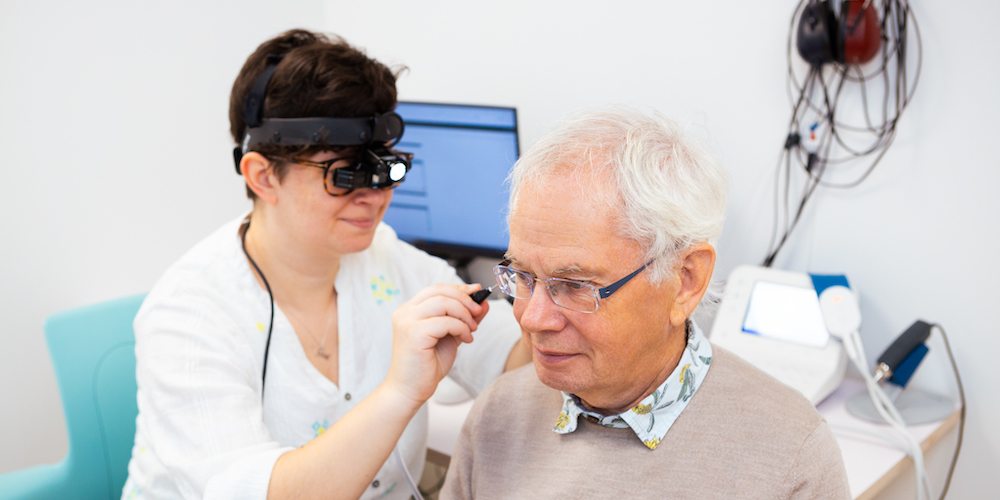
Ear wax, or cerumen, is a natural substance that protects your ear canal. However, it can cause problems when it builds up. For hearing aid users, excess ear wax can lead to two main issues:
To avoid these problems, it’s important to have ear wax removed regularly, preferably by a professional. Self-removal can sometimes lead to further blockages or damage, so always consult an expert when needed.
If you think that wax might be interfering with your hearing aid performance our expert audiologist is experienced in performing safe, comfortable ear wax removal.
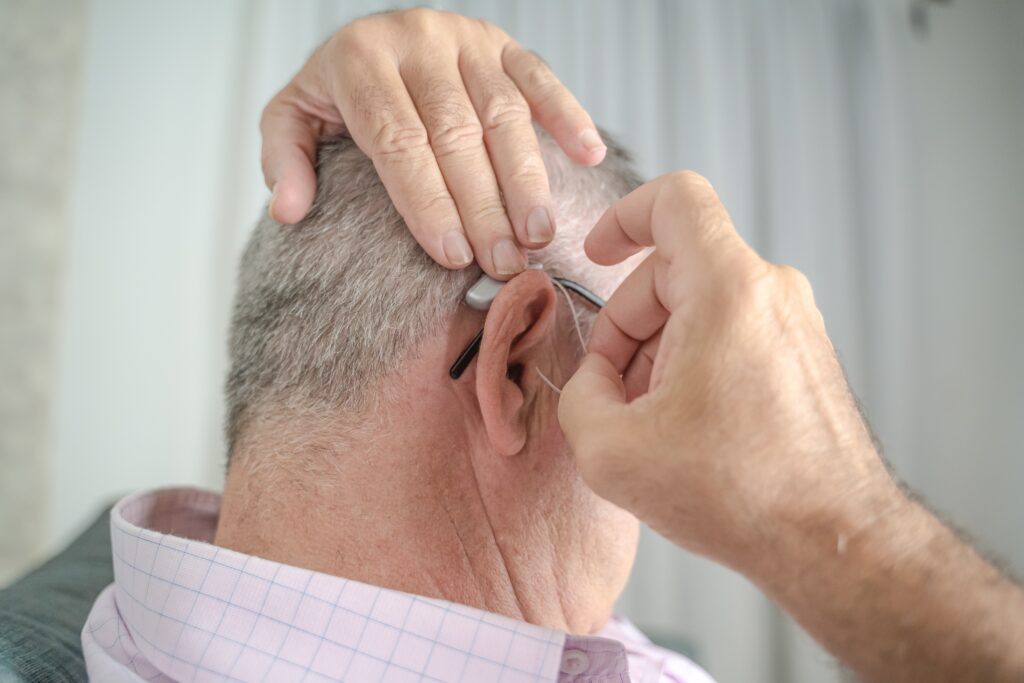
A proper fit is vital for both comfort and sound quality. Ill-fitted hearing aids can cause a range of issues:
Most hearing aid users start with dome fittings. These are lightweight, flexible, and comfortable, but they don’t work for everyone. For individuals who struggle with domes, custom moulds might be a better option. These moulds are designed to fit your ears perfectly, offering improved sound quality and a more secure fit. However, some people find that custom molds amplify their own voice too much, which can be distracting.
It’s important to communicate with your audiologist about any discomfort or sound issues so adjustments can be made. Remember, your hearing aids should feel like a natural extension of yourself.
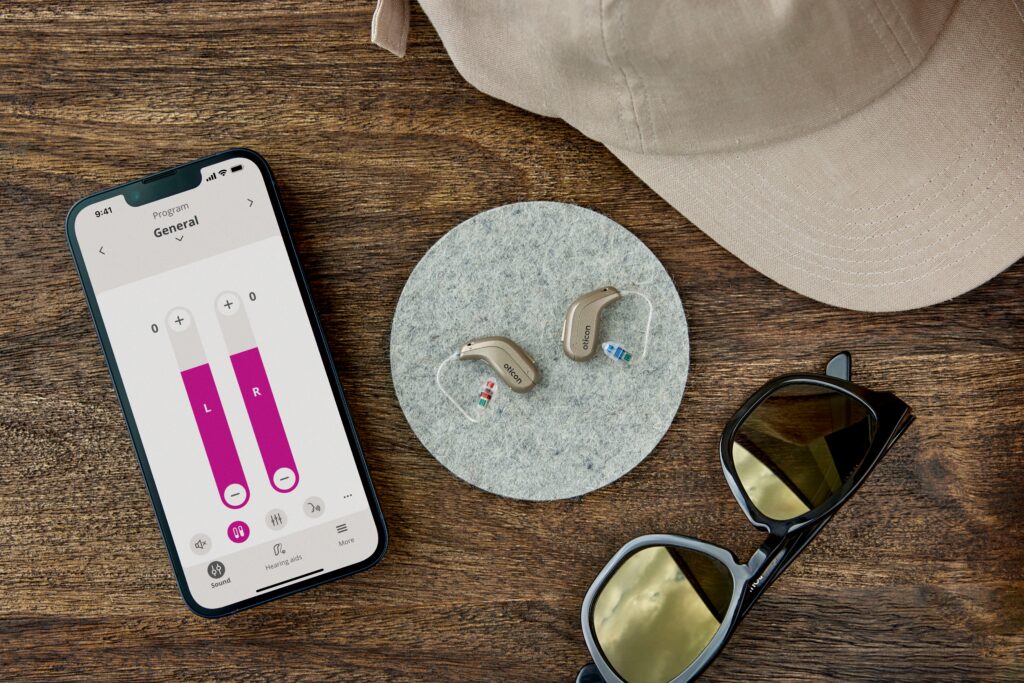
Most hearing aids have the potential to be set up with a volume control, or with different “programmes” to ensure that you can adapt to different listening environments with ease. However, these options are never essential if you prefer a more straightforward solution! To make the most of your hearing aids, it is essential to familiarize yourself with your individual hearing aid controls and settings.
Most modern hearing aids now also offer the convenience of connecting to a mobile phone, allowing you to use your phone as a remote control. Through an accompanying app, you can modify settings such as volume, sound balance, and even noise reduction to suit your individual preferences and circumstances. These apps also often include features like preset programs for specific scenarios, such as quiet settings for home or enhanced clarity for noisy areas.
Customizing your hearing aids based on your lifestyle and routine will allow you to experience the best possible hearing outcomes in any situation. If you’re unsure about using these features, your audiologist can provide guidance to ensure you feel confident in managing your device.
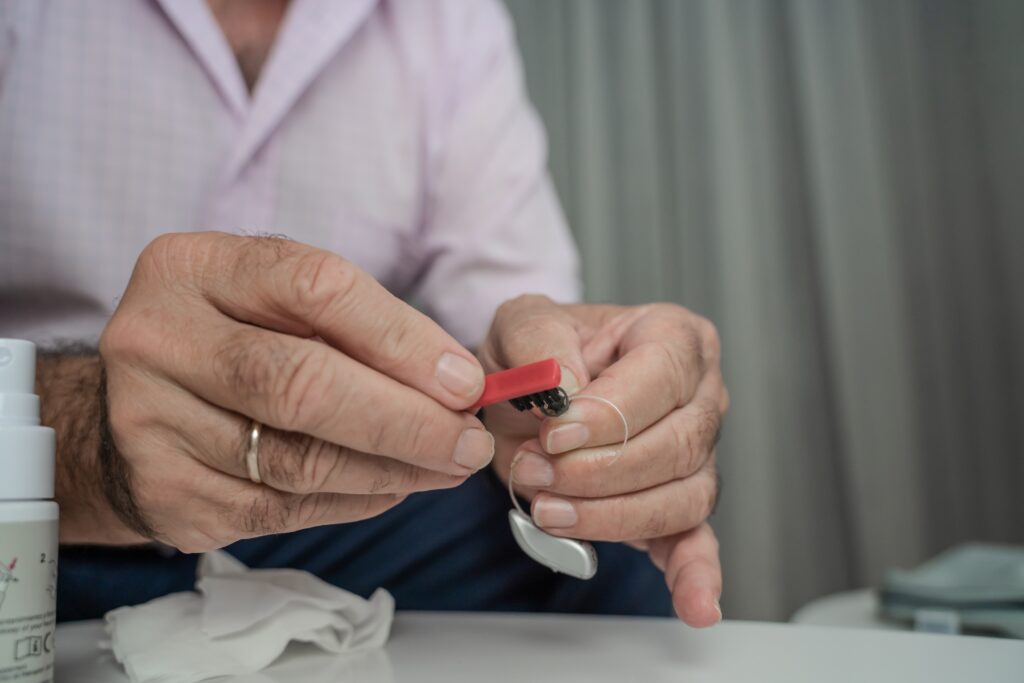
Hearing aids are small, intricate devices that require regular maintenance to ensure they last as long as possible. Dust, moisture, and ear wax can accumulate on the devices, affecting their performance over time.
Here are a few tips to maintain your hearing aids:
If you’re unsure how to clean your hearing aids properly, don’t hesitate to ask your audiologist for guidance, or check out our guide here. Regular cleaning not only ensures peak performance but also extends the lifespan of your devices.

For individuals with more significant hearing loss, hearing aids may not always be enough in certain environments or situations. Fortunately, additional listening devices are available to bridge the gap and further enhance your hearing experience. These devices are designed to work alongside your hearing aids, providing clearer sound and better understanding in challenging listening scenarios. Some of the most popular devices are TV streamers and remote microphones.
TV streamers are a great solution for those who struggle to hear the television clearly. These devices connect directly to your TV and stream the audio straight to your hearing aids. This ensures a personalized listening experience without background noise, allowing you to enjoy your favorite shows and movies at a volume that’s comfortable for you, while others in the room can still listen at a normal level.
Remote microphones are another effective option, especially in noisy environments or during one-on-one conversations. Placing a remote microphone near the person you’re speaking with or in the direction of the sound source can dramatically enhance clarity by transmitting the speaker’s voice directly to your hearing aids. These tools are particularly useful in meetings, restaurants, or group gatherings, where background noise can make communication difficult.
By incorporating these devices into your daily routine, you can ensure that your hearing needs are met in a wide range of settings and environments. Speak with your audiologist to determine which additional listening solutions might be right for you, and enjoy greater confidence and comfort in your daily life.
Hearing aids are a powerful tool, but getting the best results requires a combination of the right fit, proper care, and ongoing support. By following the steps outlined in this guide—working closely with your audiologist, maintaining your devices, and addressing issues like ear wax or poor fit—you can enjoy crystal-clear sound and improved quality of life.
If you or a loved one is exploring hearing aids or looking to get more out of your current devices, reach out to us to see how we can help. At Zest Hearing Care we provide tailored advice and support every step of the way, ensuring your hearing aids work as effectively as possible for your particular hearing requirements.
So whether you have hearing aids already, or you are thinking of getting some, book to see our expert audiologist today to make sure that you are getting the optimum outcomes.
Living with hearing loss can present challenges that disrupt your daily life, whether it’s difficulty following conversations or missing out
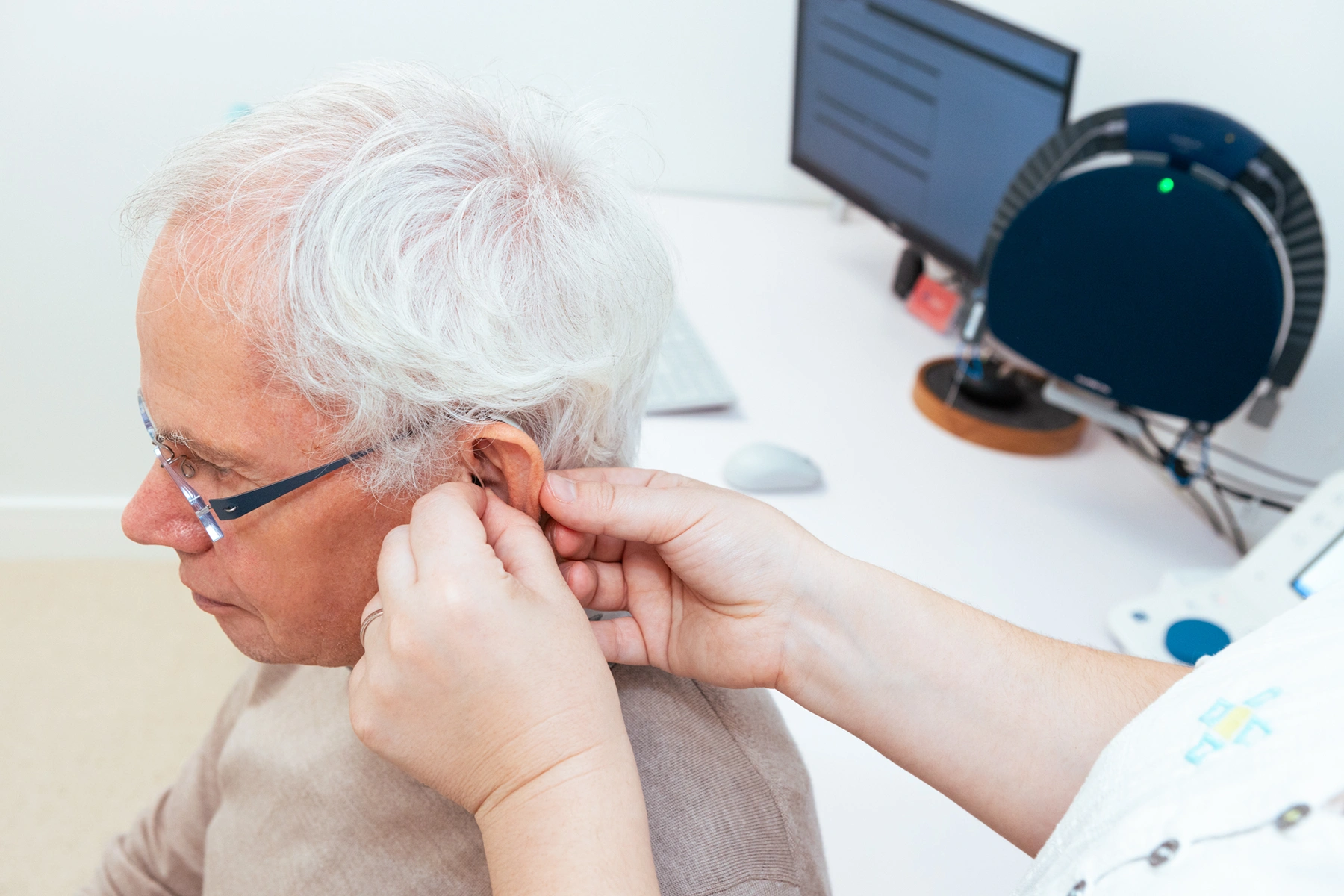
If you’re a hearing aid user or considering your first pair, you may have come across the term “Real Ear